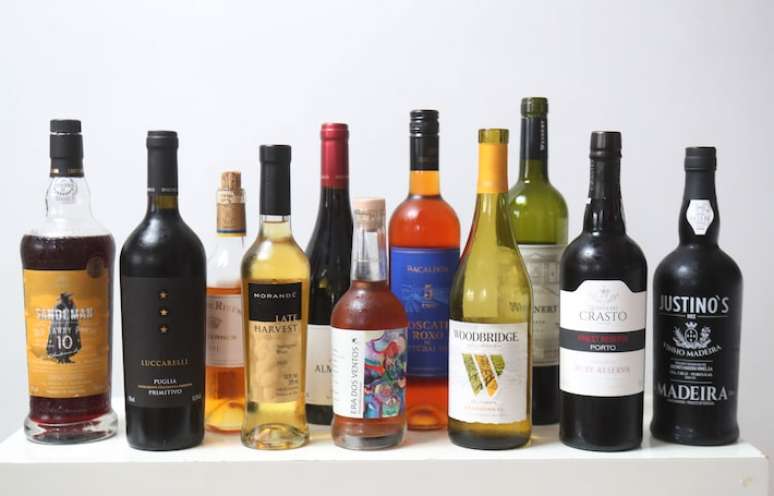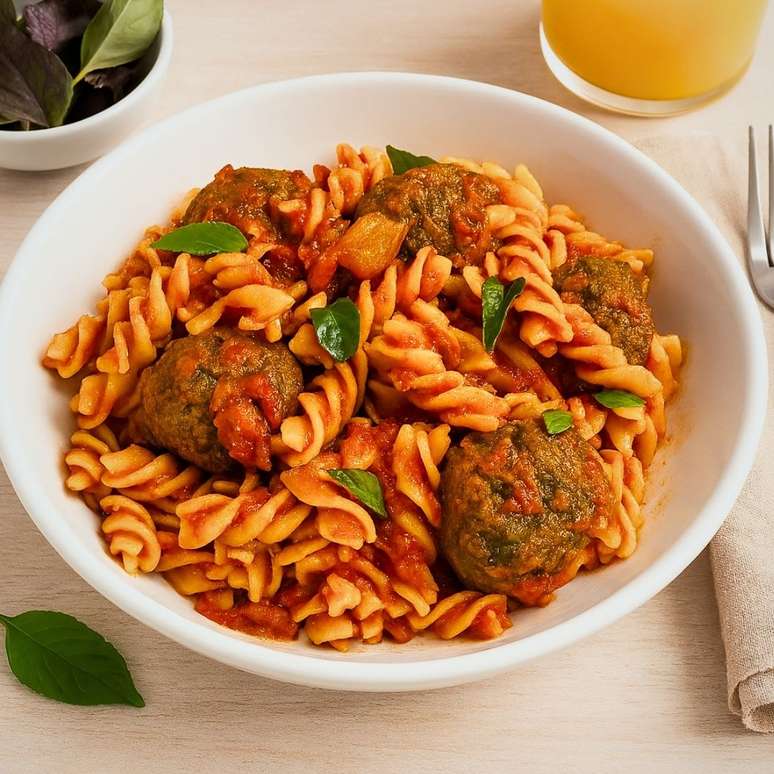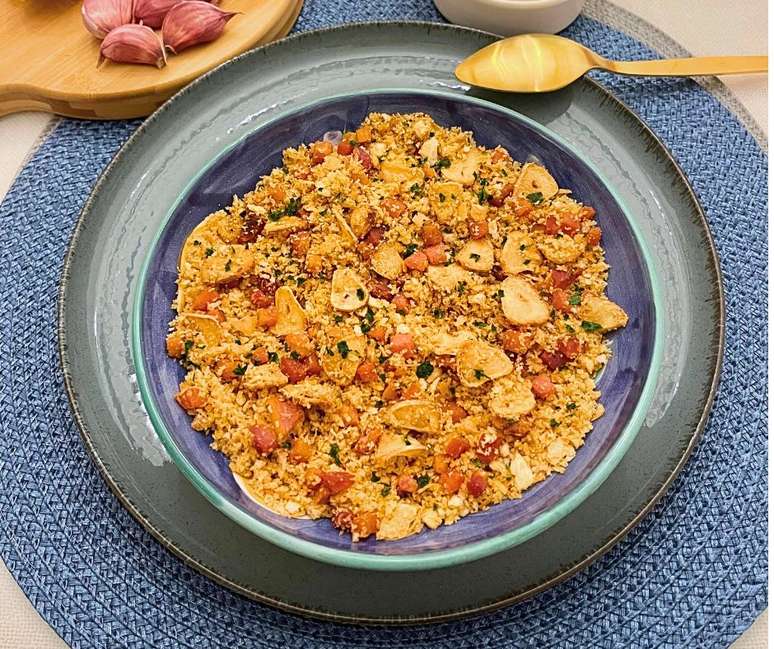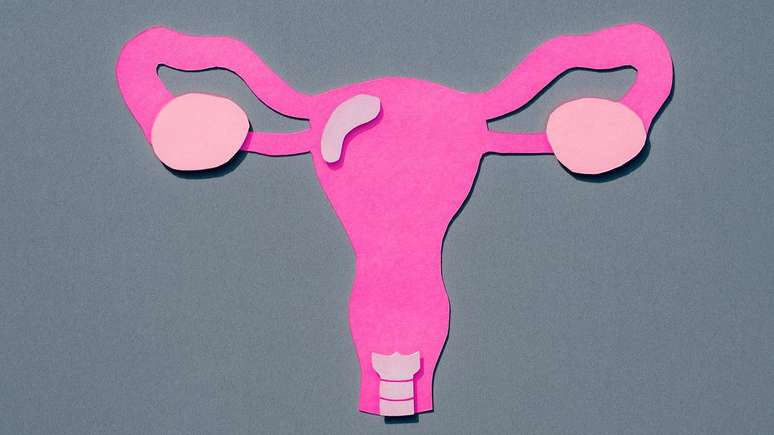“Paladar” tasted 11 wines of different styles and prices ranging from R$79.90 to R$556 to find the ideal pairing with chocolate
Easter calls for a chocolate egg, but does it also require wine to pair with this special dessert? According to the classic pairing rules, it is not easy to choose the pairing for the cocoa dessert. Since it is very fatty and sweet, chocolate needs a powerful wine so that the sweetness does not dominate every bite, leaving the wine in the background.
But is this really what happens in practice? Couldn’t the sweetness of wine also surpass the sweetness of chocolate? Or couldn’t the dessert bring new flavors to the wine? Remembering that it is not necessarily the best wine, tasted individually, that gives rise to the best pairing. In the search for the best wine for Easter, we put the Ferrero Collection at the center, the tasting sample Palate with 10 milk chocolate eggs from the market – after all, even with the most bitter, crunchy or filled-shell chocolate recipes, milk chocolates are the most sought after nowadays. And to answer this question we have selected 11 wines with very different styles and proposals.
In tasting the best eggs, Ferrero was defined as the brightest, with a strong and balanced flavour, made with good quality cocoa and the most discreet sugar. As for the wines, the tasting began with a white, then three dry reds, following the recent trend that reds also pair with chocolate. In the last battery, six sweet wines, including fortified and late harvests, to reach the verdict. In the end, logic won: Port wine, a fortified drink with a higher alcohol content and residual sugar, pairs better with chocolate.
But this does not mean that other wines did not surprise in this food and wine marriage, in the opinion of the three tasters: the consultant Rodrigo Lanari; wine professor Felipe Campos and wine columnist Palate, Susanna Barelli. And, it is worth remembering, an educational test was carried out here to choose the best match. Many of the wines tasted had multiple qualities and shone in other food pairings.
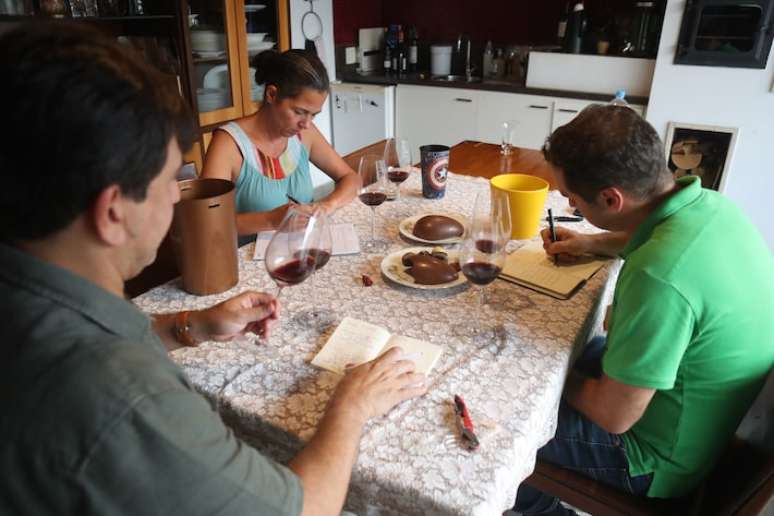
The 3 best matches
Rubino Crasto Reserve
Douro, Portugal
Called the finest reserve, this category is the gateway to the Ruby Ports, which spend 3 years in barrels. In the glass it is exuberant, with lots of red fruits, powerful, with a lot of alcohol (20%) and persistent and balanced with its acidity. It brings good harmonization, due to the similarity. The wine is a little sweeter than the chocolate, but the two are balanced on the palate and the wine’s characteristics echo those of the chocolate, revealing why Port is always the best option for chocolate (R$149, at Qualimpor).
Sandeman Tawny 10 years
Porto, Portugal
From the tawny category, aged in large barrels, it brings more complex aromas of dried fruit, such as almonds and chestnuts, notes of vanilla and caramel. Unctuous, it is persistent, with 20% alcohol. It is more elegant than Ruby, it manages to accompany the sweet cocoa with its body, but the aromas barely meet, suggesting that the combination could work better with chocolate and walnuts. But that doesn’t hurt the partnership (R$556, to Zahil).
Lucarelli Primitivo 2022
Puglia, Italy
This red has notes of very ripe red fruits, almost sweet, it is intense in aromas and on the palate, full-bodied and with soft tannins and a sensation of a lot of alcohol (13.5%). It is these characteristics that can make it possible to pair chocolate with dry wines. And it’s not like marriage works! The explanation lies in the body of the wine, which supports the chocolate, and in the sensation of sweetness on the palate of the red wine (R$ 89.90, at Casa Flora).
Dry wines
Almaúnica Reserva Syrah 2019
Vale dos Vinhedos, Brazil
This Syrah from Serra Gaúcha surprises with its quality. Balanced in its intensity, between the aromatic notes of cassis liqueur, ripe red fruits, vanilla, it is full-bodied, with tannins present and well arranged, and brings good integration with the alcohol content (13.5%). But all the power of the wine disappears with the first bite of chocolate. There is a lot of acidity on the palate and the red seems even drier than it is (R$195, at Almaúnica).
Weinert Malbec 2018
Mendoza, Argentina
Weinert is a reference producer in Argentina, which puts more advanced wines on the market, which mature for 30 months in French oak foudres, of 2 thousand and 6 thousand litres. It brings notes of dark red fruits (blackberries), a floral touch and chocolate notes in the aromas, medium body and soft tannins, with 14% alcohol. It’s a shame that the pairing doesn’t work, even with the quality of the wine. The red also tries to clash with the chocolate, but leaves a good milky note on the palate and a final acidity (R$ 285, from Winet).
Woodbridge Chardonnay
California, United States
From the winery founded by Robert Mondavi, the white wine on the panel is a chardonnay classified as semi-dry, which indicates its residual sugar content, which can help in pairing. It brings fragrant aromas of white fruits, with lots of vanilla notes (from aging in oak barrels), a light final bitterness and 13.3% alcohol. But the sugar and vanilla notes couldn’t keep up with the chocolate. The egg passed over the wine, leaving only a trace of acidity on the palate (R$130.99, from Todovino).
Liqueurs and late harvests
Carmes de Rieussec 2011
Sauternes, France
Made with 85% sémillon, 10% sauvignon blanc and 5% muscadelle, some of which are attacked by botrytis, this sauternes is rich in aromas, reminiscent of apricot, honey, orange and propolis. On the palate it enchants with its unctuousness and persistence, with an alcohol content of 13.5%. Although the wine has a lot of sweetness, balanced with its acidity, there was a lot of chocolate on the palate, with the wine in the background, hidden (R$275, for a 365 ml bottle, at Mistral).
Peverella liqueur from the Age of the Twenty
Serra Gaucha, Brazil
Luiz Henrique Zanini produces this sweet white fortified wine only with the peverella variety. The grapes are harvested and placed to dry in wooden boxes for 60 days. After fermentation it spends two years in French oak barrels. Copper in colour, its aromas are reminiscent of citrus fruits, with notes of orange, dried fruit and apricot. Its sweetness emerges on the palate, also asking for a little more acidity to balance it, with its 17% alcohol content. With chocolate the wine does not disappear, as if its greasiness accompanied the fat of the cocoa. The aromas and flavors of the wine do not match chocolate, but indicate that they can go well with an Easter dove of dried fruit (R$ 189, for a 375 ml bottle, from Familia Kogan).
Morandé Late Harvest 2020
Casablanca, Chile
Produced only with sauvignon blanc harvested late in the vineyard, it is straw yellow in color, with aromas reminiscent of herbaceous notes, grass, and a tropical touch of sweet passion fruit. The nose does not reveal its sweetness, which appears lightly on the palate, with good acidity, balance and persistence (it has 13.5% alcohol). The wine didn’t have the sweetness to stand up to the chocolate, but it paired well with an apricot tart. With the egg, on the palate, the wine becomes almost like lemon juice, with a lot of acidity (R$ 79.90, for a 375 ml bottle, from Set Wines).
The fortified
Purple Moscatel Cod 5 Years
Setúbal Peninsula, Portugal
Produced with the viola moscato variety and fortified with wine brandy, it is a wine with intense aromas, reminiscent of raisins, toffee, orange blossoms, which enchants with its balance on the palate, with 18.5 % alcohol. But the Easter egg got the better of the wine, leaving it in the background, which wouldn’t happen if it were an orange chocolate. Here’s a tip (R$350, in Portus Cale).
Giustino’s Madera
Madeira, Portugal
Tinta Negra is the predominant grape in this fortified wine that grows on the island of Madeira and is aged for three years in wooden barrels. Its aromas are reminiscent of fruit compote, caramel and toasted notes, with a good body and a lot of alcohol (it has 19%). With the egg it seems to transform the dessert into milk chocolate, due to the dairy notes that appear (R$ 171.90, at Casa Flora).
Source: Terra
Ben Stock is a lifestyle journalist and author at Gossipify. He writes about topics such as health, wellness, travel, food and home decor. He provides practical advice and inspiration to improve well-being, keeps readers up to date with latest lifestyle news and trends, known for his engaging writing style, in-depth analysis and unique perspectives.

